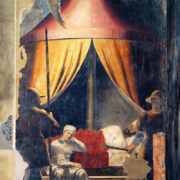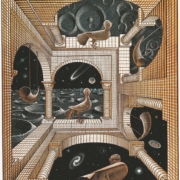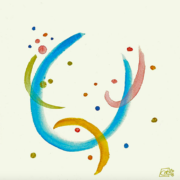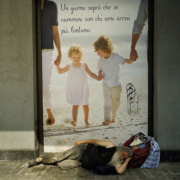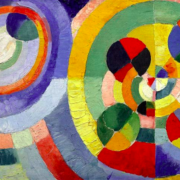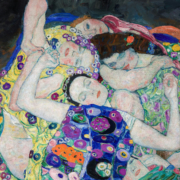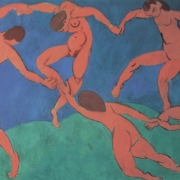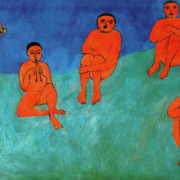Krista: thirty plus years of treatment in a borderline group
Abstract
This article describes as a patient, Krista, after twenty-five years of group therapy begins to resolve her capacity to mourn. She has resolved her aloneness issues and has developed the capacity for sadness. She has taken in the solid introject of Dr. Shaskan and has been able to remain “affectively connected to the therapist…in the face of current ambivalence, that is, libidinal object constancy must have been achieved”. Krista has moved from a state of aloneness to one of lonliness in which she can miss Dr. Shaskan and long for him, all manifestations of libidinal object constancy. At the same time, her primitive guilt is modified so that she can experience his loss with anger with minimal destructive self-punishment: she develops a psycho-somatic illness shortly after his death. In conclusion, what happens for Krista is that in her capacity to mourn Dr. Shaskan, she develops the capacity to mourn for her own life and her own tragedies. In so doing, she begins to explore the issues that are illustrated in Dr. Adler’s phase three; namely, the reliving of old experiences. She begins to confront the sexual abuse she has received from her father and uncle and to begin a life long task of repair from this horror. Krista is able to sustain a long-term relationship with a male figure and begins to confront and resolve conflicts in her life.

